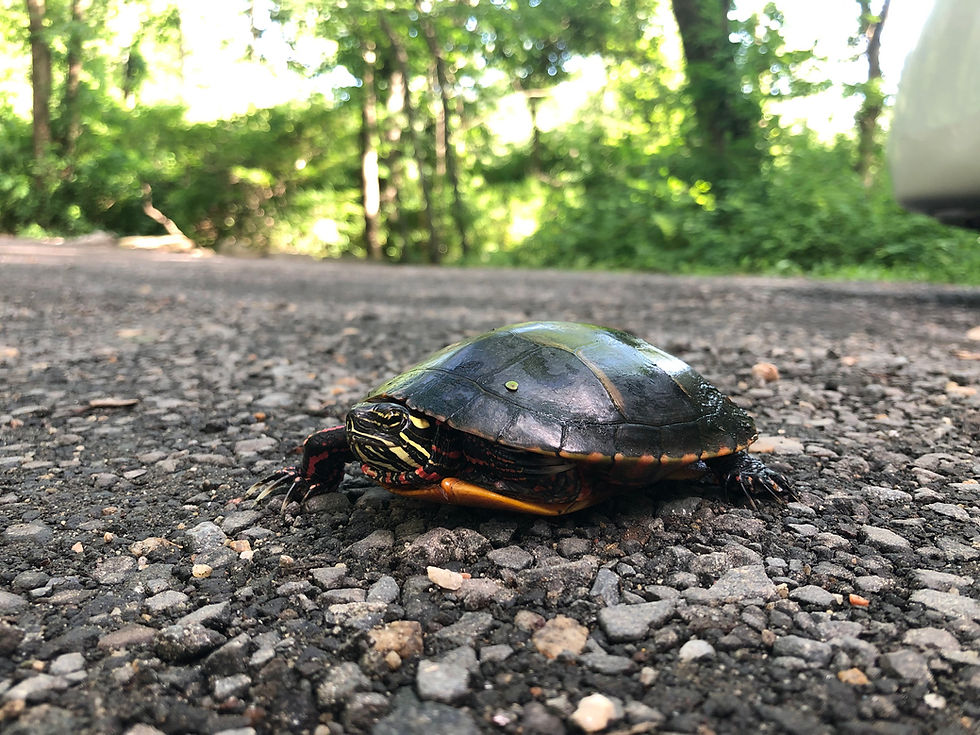The Snow Bunting- A Winter Visitor

By Tommy McCarthy, Environmental Educator
When we think of migratory birds, we often think of the colorful songbirds that visit us in the spring, gracing us with their presence after having made long journeys from Central and South America. However, there are a number of migratory birds that visit us in winter as well, coming from the far north to escape extreme cold temperatures, heavy snowfall, and depleted food sources. While these birds may not be as colorful as the ones we see in the spring, they all have their unique characteristics which make them special and interesting to learn about!
One such bird is the Snow Bunting. These tiny critters hail from the high arctic tundra, and much of their breeding grounds exist north of where humans live. During the spring and summer, this is where they build nests and raise their young. Their dense feathers help to protect them from the subzero temperatures, and these feathers even cover their ankles – something that is not typical for a songbird. They can withstand lowering their body temperature to a greater degree than other birds, and have the ability to quickly turn the food they consume into body fat to help them stay warm.
In the winter however, the arctic climate becomes inhospitable even for them. Temperatures drop to bone chilling lows, snow blankets the vegetation they rely on, and they have no choice but to fly south as the seasons change. If you look up photos of Snow Buntings, you’ll see that some of them are pure white with black wings, and some are creamy white with additional brown patterns. The pure white and black version is their breeding plumage, and that is how they appear during their summers in the high arctic. They molt those feathers before migration and take on the “toasted marshmallow” look for their journey south, and that is what you can see while they are here in Connecticut!
This time of year, it’s best to look for them in habitats that mimic those they prefer in the tundra. That means open areas with grasses or weeds that have seeds for them to feed on. The wintering population in Connecticut tends to congregate around coastal habitats, with fewer numbers using grassy fields further inland. I urge anyone who comes upon these little birds to imagine the journey they’ve made and the conditions they’ve had to withstand. Don’t let the adorable face and delicate appearance fool you - these are some truly tough creatures!
Citations:
Montgomerie, R. and B. Lyon (2020). Snow Bunting (Plectrophenax nivalis), version 1.0. In Birds of the World (S. M. Billerman, B. K. Keeney, P. G. Rodewald, and T. S. Schulenberg, Editors). Cornell Lab of Ornithology, Ithaca, NY, USA.
Swick, N. (2018, January 17). Are Snow Buntings North America's Hardiest Songbird? All About Birds. Retrieved January 27, 2022, from https://www.allaboutbirds.org/news/are-snow-buntings-north-americas-hardiest-songbird/





